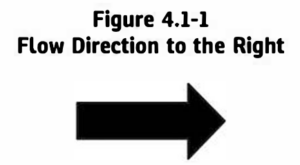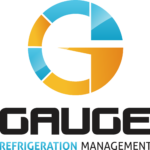Let us help you make sense of PSM / RMP!
My friend Brian Chapin will be offering an open-enrollment PSM/RMP class in Burleson, Texas, July 8th to 11th, 2025. Brian is an absolute pro in NH3 Refrigeration Process Safety. Anyone who attends will also get a FREE membership to SAFTENG. You can get more information on the class with this link.
CLICK HERE to Renew your Membership
CLICK HERE for a NEW Membership
CLICK HERE to see eligibility requirements for FREE Membership
If you have any questions, please contact m
SAFTENG has:
- Over 18,000 categorized unsafe acts/conditions and accident/injury photos
- Over 1,500 ppt's & doc's in the SAFTENG Library
- Over 4,000 Technical Articles on Process Safety, Emergency Response & OSH topics
- Over 450 videos (those not allowed on YouTube Channel)
Many THANKS to my NEW Members and those who CONTINUE to support SAFTENG:









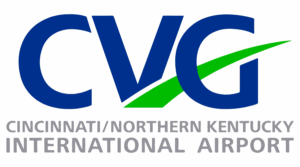

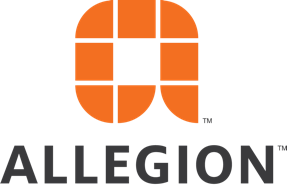
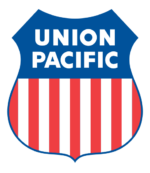

July 10, 2024
Lithium-ion battery manufacturing has garnered a lot of news lately, both good and bad news. Although these batteries are being manufactured in the name of being “environmentally friendly,” as is the case in many PSM/RMP-covered processes, the raw materials used in their manufacturing are anything but “friendly.” The PSM process in this manufacturing process involves the...
Read More
July 10, 2024
We have discussed pressure and leak testing piping in our hazardous materials processes, specifically in our PSM/RMP-covered processes. The International Fuel Gas Code (IFGC) has some great specifics on how we test natural gas piping. Interestingly enough, the IFGC code defines “pressure test” as… (emphasis by me) An operation performed to verify the gas-tight integrity of gas piping...
Read More
July 10, 2024
On March 3, 2009, at approximately 1:29 p.m., Employees #1 and #2 were conducting a gas line pressure test on a 20-inch gas line. The test involved pressurizing the line to 100 psi and holding this pressure for one (1) hour. This test was conducted to determine whether the gas line being tested could be reused or needed to be replaced. During the test, the pipe failed under the pressure. … HomeRead...
Read More
July 10, 2024
On May 18, 2023, at 7:45 p.m. an employee, 45, working for a paint and coating manufacturer was wearing a 3M half-face respirator while spray coating MacroPoxy 646 Fast Cure Epoxy on parts. The employee was spraying the last parts of the day when he began feeling chest pain. The employee used his inhaler twice but passed out. A coworker (supervisor) called an ambulance which took the employee to the...
Read More
July 9, 2024
Without question, the #1 question we receive regarding Hazardous Locations is… When do I need one? With flammable liquids (e.g., FP<100F) it is easy to perform the evaluation. But what if my flammable solution is a CAT 3 or 4 (i.e., Class IIIA or IIIB)? As the title says, not all flammable solutions require us to establish a HAZLOC. And a CAT 3 or 4 flammable liquid...
Read More
July 9, 2024
A tank cleaning company again chose to disregard federal safety standards that may have protected their employees from hazardous working conditions and prevented another employee from suffering a fatal injury. In December 2023, just two days before Christmas, the wife and son of an employee at the company grew concerned when he didn’t return after his shift. Later that day, he was found unresponsive....
Read More
July 7, 2024
Any safety pro who is also a parent will know exactly what I am discussing with this week’s rant. As parents who are leaders in safety, we have all seen it and experienced it firsthand throughout our careers. Every child will be different (even within the same family and home environment), as will every facility within an organization. But how we deal with our “children” (and the...
Read More
July 6, 2024
I have written a lot about leak testing and pressure testing our piping systems and those articles all mention using the “bubble test” method. Now lets talk about the actual requirements of this test method. ASME B31.3, 345.8 Sensitive Leak Test refers us to ASME BPVC, Section V, Article 10, Mandatory Appendix I, for how this leak testing method is to be performed and documented. In this...
Read More
July 5, 2024
This BLEVE occurred on the BR-010 highway in Paragominas, northeast of Pará, Brazil, on July 3, 2024. At least six people were injured, including firefighters and a news crew (July 3, 2024). The news crew suffered second-degree burns but received medical attention at a Regional Hospital and are expected to make full recoveries. The news team was at least 1,000′ from the tanker truck when it BLEVE’d....
Read More
July 4, 2024
Both labels meet ASME A13.1 – Scheme for the Identification of Piping Systems.
Who can tell me…
What does the top label, and what does the bottom label tell us?
This is a NEW requirement from ASME A13.1-2020.
…
HomeRead More »
Read More
July 4, 2024
Our #1 RAGAGEP for labeling/marking piping that contains a hazardous material, ASME A13.1, saw a significant updates in 2020 and 2023. The major revisions include: revising the Scope, updating each of the definitions, expanding the Legend section, and revising both the Color section and Table 4.2-1, Designation of Colors adding a new paragraph to address abandoned piping Also, ASME A13.1 was...
Read More




